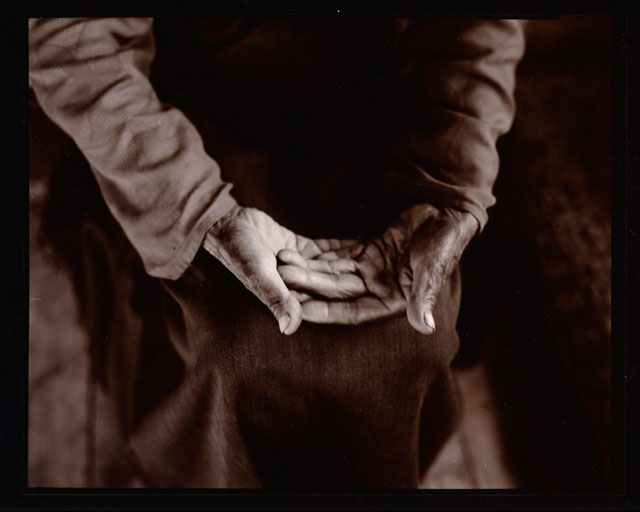
Open Oracle Hands, Ladakh, India
Linda Connor is famous for her photographs of nature and sacred places all over the world. With her large view camera, she has visited India, Indonesia, Peru, Nepal, Egypt, Hawaii, Ireland, and the American Southwest, making incredible black and white images of their mysterious past and presence. Linda Connor searches for places where nature and sacred are the same, and she unites everyday life, history, and timeless beauty created by nature and humans.
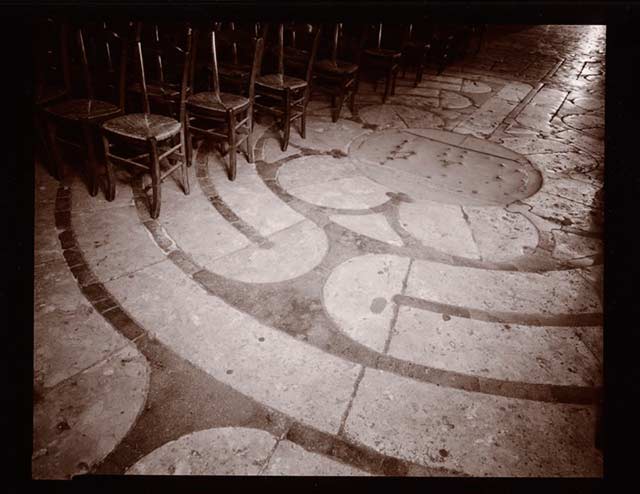
Maze, Chartres, France
You traveled all over the world and visited many exotic countries – India, Nepal, South America, and many others. What in those cultures attracted you most as a photographer?
I prefer these exotic countries to industrialized ones because I have an affinity for places that have a rich history and iconography, and places that express the culture visually in sculpture and monuments.
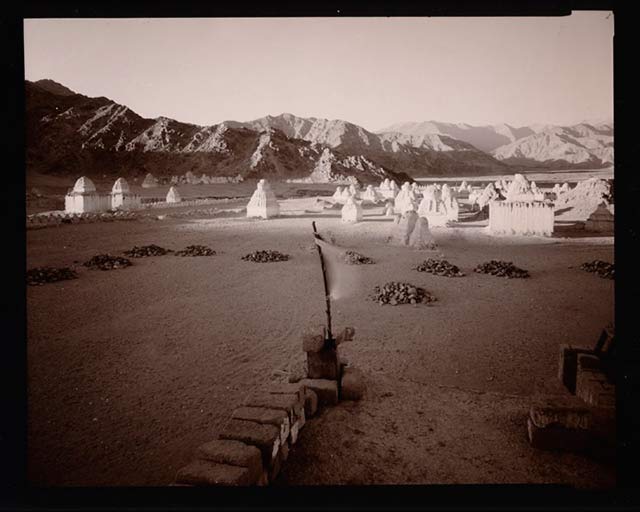
Prayer Flags and Chortens, Ladakh, India
Do you do any research before the trips?
I do visual research. It’s easier now because we can see a lot of photographs on the web. Prior to the internet, if somebody sent me a postcard with a note saying: “Linda, you would love this place,” I might look into going there.
I try to find people who have gone there and who can give me a lead.
I also return to many of the locations, such as Bali, Indonesia and Ladakh, India.
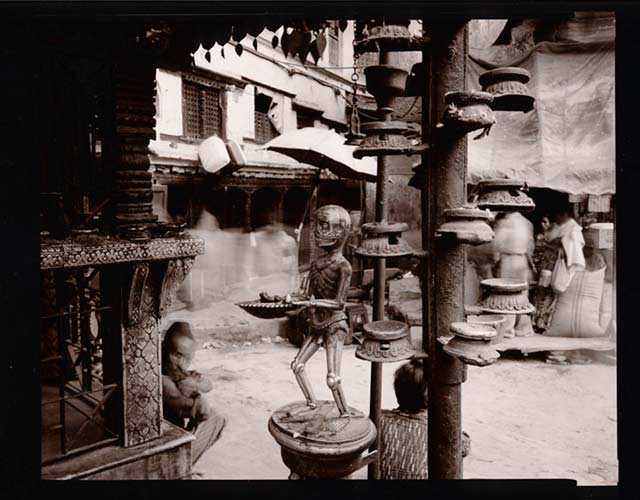
Skeleton on Shrine, Kathmandu, Nepal
What difficulties do you as a photographer encounter during your trips?
I often go to places where I can find the most interesting cultural and historical content, but that’s where all the tourists go as well. For example, if I want to photograph a temple, but I don’t want it filled with tourists, I figure out where the tour group is going to be at a specific time. While they are observing the interior of the temple, I know that I have approximately 15 minutes to wander about behind the building, and when they come out, I go into the temple to photograph it.
The view camera and gear certainly makes for a ‘heavier’ day of photographing than a point and shoot – about 20 pounds heavier.
I also have to get through the airport with the boxes of sheet film. Guys at the airports seem to know the rules of roll film, but they always want to open the box!
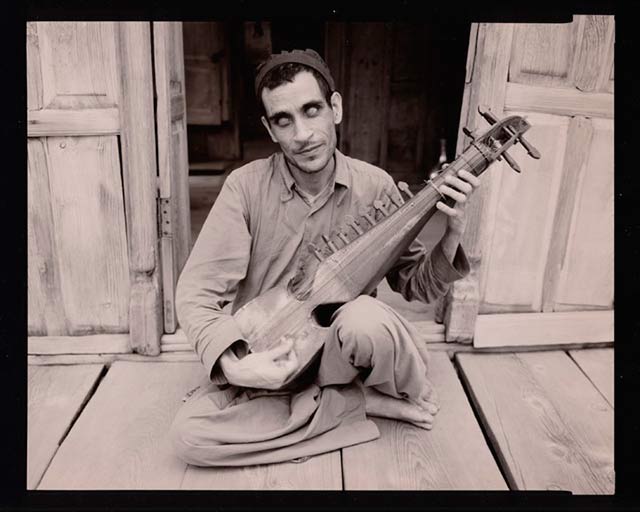
Blind Musician, Ladakh, India
Why do you prefer black and white photography to color?
Mainly, because I can do the darkroom work myself without using a lot of machines. I also like the translation of the reality that happens with black and white images.
Your photographs hold a lot of sacred space?
I’m not religious, but I do respond to the ways of structures of the sacred. In those places, we can feel the human desire to express a mystery or their belief in a God. Also, I’m very interested in the relationship between the sacred and the natural world.
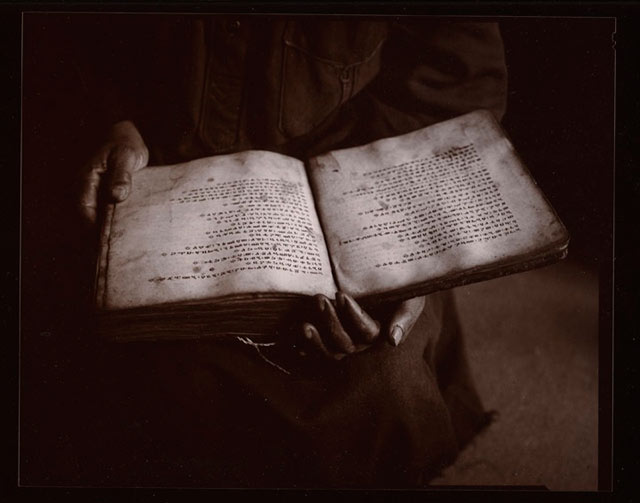
Sacred Text, Isreal
How do symbolic forms help you to understand a culture and depict it?
This question gets us into philosophy. I think, thousands of years ago, when we were beginning to evolve into humans, small groups were gathering, language was forming, and people became aware of death. Their consciousness grew. They could see the stars, but they never could touch them. They saw birth, death, and all the things that we as humans think about. That was a terrifying and magnificent experience. To develop a relationship with that fear, awesomeness, and wonder, people started organizing things in certain forms and symbols as a kind of magic, hoping to please their god. These forms shift from culture to culture, but the deep concepts and many of the elements are similar.
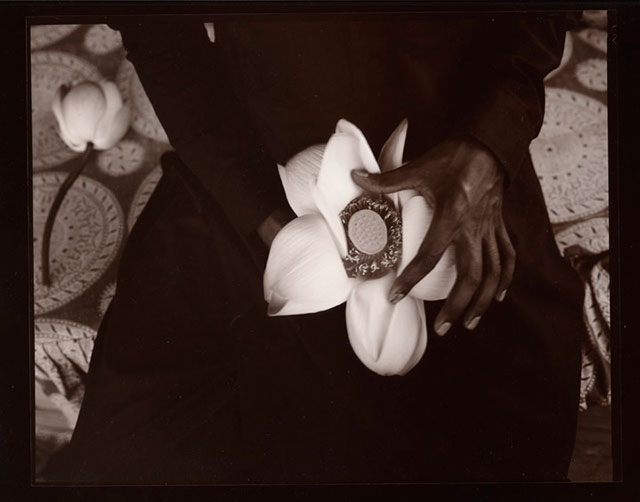
Lotus, Kashmir, India
How is creating people’s portraits different for you?
Photographing people is different because we have social interaction. I often work with them without a shared language, so I ask them to keep a particular posture with only gestures and body language.
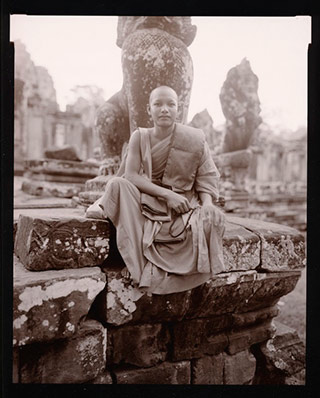
Young Monk, Bayon, Cambodia
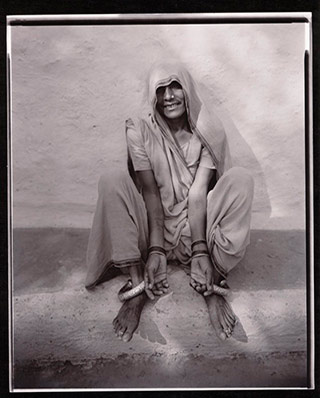
Hindu Woman with Tatoos, Asia
In portraits, eyes are very important. For example, I once made a photograph in a section of India that had a large Muslim population. I was interested in making a portrait of a woman in a veil. With my big camera in this small town, people didn’t know what I was doing and nobody in the street wanted to help me with that photograph. Fortunately, I’d had a nice driver for a few days who invited me to his home and introduced me to his mother, who is the woman in the photograph.
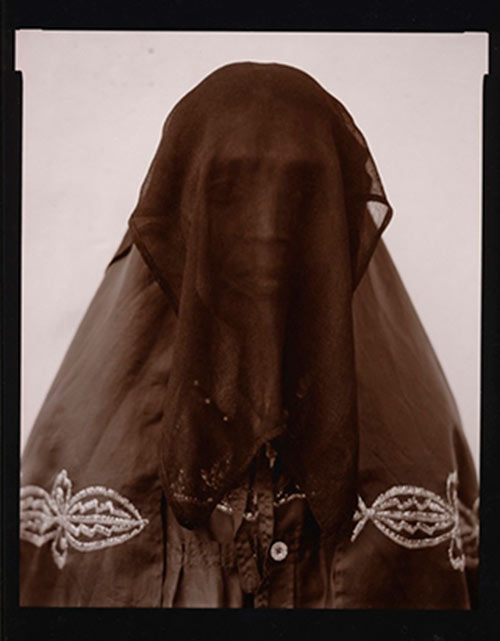
Veiled Woman, India
You are walking along a street in a town of India or Nepal. You see these beautiful temples and people walking around. They are looking at you, and you are looking at them. At what moment do you decide to set up a camera and make a photograph?
One of my friends once came up with a wonderful expression: “Have your mind on wide.”
And I’ve learned a specific kind of listening. For instance, when I’m talking with someone at my home, I can hear a little bit of traffic noise coming from outside and the sound of water falling in a fountain in my garden – all at the same time. But, I’ve learned to remain focused on the conversation without giving any attention to the extraneous noises.
In many of your pictures, there is an incredible effect of movement, when people are almost disappearing. Did you put any meaning to it?
It happens when I’m making long exposures, so it’s partly technical. But it also brings an issue of time, fleetingness and impermanence.
Do you think there is anything in our life that can be still?
I don’t know, but what do you think about those rocks?
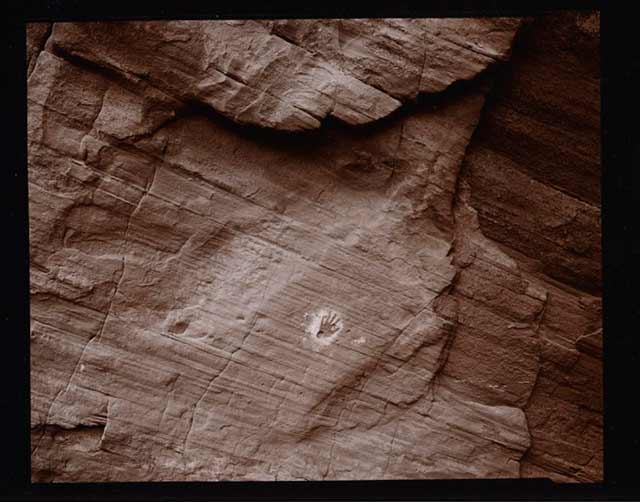
Hand, Utah, USA
You are teaching at the San Francisco Art Institute. What essential aspects of photography do you want your students to learn?
I think it is very important that they should learn the history of their medium.
I would like that they give themselves enough time and the effort needed to be able to understand how their pictures operate as personal expressions, and to translate the reality into a work of art. It is a very slow process, but an immensely fulfilling one.
By Elena Mariakhina
All photos: © 2013 Linda Connor. All rights reserved. Courtesy of Haines Gallery, San Francisco.

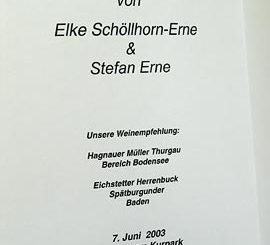
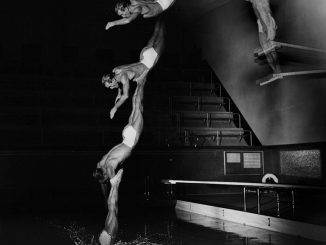
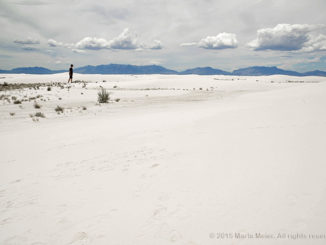
Leave a Reply